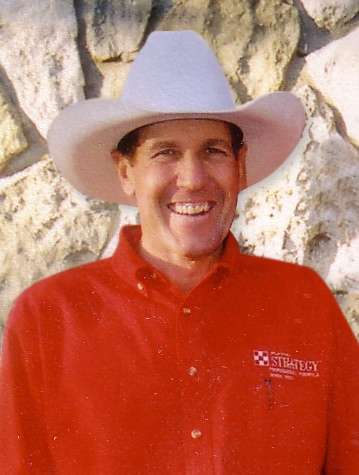“Horses are hard on pastures.”
Many cattlemen prefer not to graze horses on prime pastureland because they continue to go back to the same area for the new tender grass.
Thus, parts of the pasture are grubbed into the ground while other places have tall rank grass that isn’t as appealing to the horses.
“Adopting horse pasture management practices becomes increasingly important as stocking rate per acre increases,” said Donna Foulk, Extension equine specialist.
“In most areas, pastures can be maintained with very little management at densities of two-to-four acres per horse,” Foulk said.
Without adequate pasture acreage, owners must limit turnout time to prevent overgrazing and supplement with hay to help meet nutritional requirements.
“Proper fertilization is imperative to maintaining high-quality forage in tame grass pastures,” Foulk said.
Soil nutrient levels are extremely variable, so it is important to accurately determine the nutrients by performing a soil analysis.
Knee-high, plush grass is every horse owner’s dream for a pasture. Unfortunately, it is not always a reality.
“There is no magic recipe for the perfect grass and pasture management for every horse,” Foulk emphasized.
“The important things to understand are the horse needs, the pasture requirements and where they connect,” she added.
Variables include type, quality, and quantity of forage plus condition and workload of the horse as well as land availability.
Experts recommend that a horse should get 1.5-percent to 2-percent of the body weight daily in forage. For example, a 1,000-pound horse needs 15 to 20 pounds of forage daily.
“It is not unusual to see overgrazed pastures with horses,” Foulk reiterated. “The best thing to do when using small pastures is limit the horse’s time grazing and supplement with hay and grain.”
Interesting to compare pasture stocking rates for horses in different parts of the country.
On native rangeland in the Flint Hills, while it might seem high, as many as 35 acres are sometimes required to sustain an average horse for a year. In the Southwest desert, that number may be 200 acres, while on the lush pastures of Kentucky, it might be less than five acres.
“By implementing a rotational grazing system in your pasture, you’ll get more mileage out of your forages,” Foulk said. “Overgrazing a pasture stops root growth and diminishes the amount and quality of the grass.”
It can also result in soil erosion because the grass isn’t there to prevent the soil from being blown or washed away.
“Subdivide large pastures into smaller grazing areas to restrict the amount of time an area is grazed,” Foulk suggested.
Horses are rotated through the pastures during the grazing season. Each pasture is grazed for a certain period of time, giving the grass time to rest and regrow.
“Horses should graze the grass down to about two inches over at least a week’s time,” Foulk recommended. “Rotate the horses between pastures to break the life cycle of some parasites.”
There will be some taller grass left after horses have been removed from the pasture. Foulk suggested mowing the taller forage to the height equal to the grazed grass. The pasture can be dragged with a chain-link harrow to scatter manure.
“Water is the biggest obstacle to developing a controlled grazing system,” Foulk pointed out. “Try to locate a central watering point. Daily water requirement for a grazing horse is eight gallons.”
Shelter with trees or buildings is desirable in the pasture so the horses can get in out of bad weather and heat.
“Be willing to change the size of the pasture with an electric fence and vary length of grazing period according to pasture condition,” Foulk said. “Remember, supplemental feed or forages still may be required.”
CUTLINE
Pasturing horses on limited acreage requires additional grassland management to maintain horse nutrition and heath as well as pasture condition. (Danielle Smarsh photo.)





